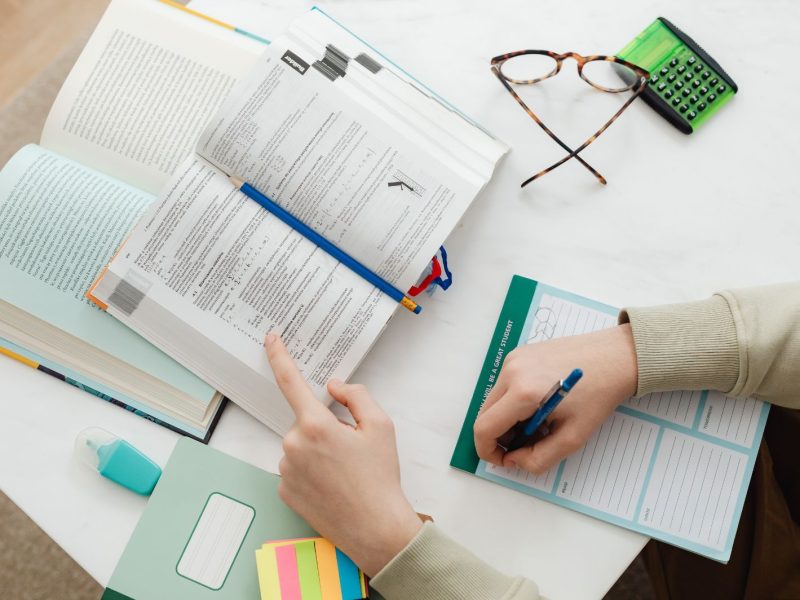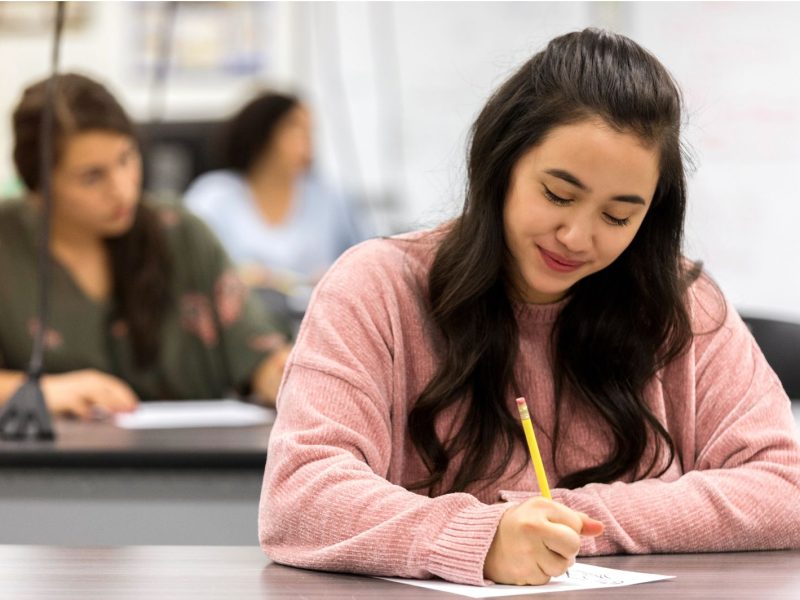Are you tired of constantly revamping your differentiated learning lesson plan but still can’t seem to engage every student? You’re not alone. Many educators grapple with this common issue.
This blog post will talk about creative ways to use technology to make lesson plans that are more useful and interesting. You’ll learn useful tips and tools that will change the way you teach and make sure all of your student’s needs are met by the end. Continue reading to find out more.
Table of Contents
Why Technology Matters
Technology has transformed classrooms in many ways. Remember the days of chalkboards and overhead projectors?
Now, we have interactive whiteboards, tablets, and countless educational apps. These tools can help us customize lessons to fit each student’s needs.
Tools for Differentiation
It’s easier to make fun, interactive quizzes for students of all skill levels with apps like Kahoot! and Quizlet. Tools, like Google Classroom and Edmodo, also help teachers organize and share resources more, which makes it easier for students to learn in their way.
Interactive Whiteboards
Interactive whiteboards are fantastic for group activities. They allow students to interact with lessons in a hands-on way.
During a math lesson, students can solve problems on the board while others watch and learn. This keeps the class interactive and fun.
Tablets and Laptops
Tablets and laptops are great for individual learning. With these devices, students can work at their own pace.
They can watch instructional videos, play educational games, or read e-books that match their reading level. This way, everyone gets to learn in a way that suits them best.
Educational Apps
Numerous apps are designed specifically for education, offering students a fun and engaging way to practice skills. These tools also support differentiated assessment, catering to individual learning needs.
Apps, like Khan Academy and Duolingo, provide personalized learning experiences by adapting to each student’s progress and offering challenges that suit their level. Additionally, they help with spelling differentiation.
Eco-Friendly Homework
One surprising benefit of using digital platforms in education is greener homework. Instead of printing out endless worksheets, students can complete assignments online.
This not only saves paper but also makes it easier to track their progress. Plus, students can get instant feedback on their work, which helps them learn faster.
Collaboration Tools
Kids can work on projects with each other from anywhere in the world with tools, like Microsoft Teams and Google Classroom. Students need to learn how to work together and talk to each other. These platforms help them do that.
Online Forums and Discussion Boards
These platforms allow students to discuss topics and share ideas outside the classroom. This can be especially helpful for shy students who might not speak up in class. They can participate in discussions at their own pace and comfort level.
Cloud Storage
Using cloud storage like Google Drive or OneDrive makes it easy to share resources with students. They can access assignments, notes, and other materials anytime, anywhere. This ensures that no one falls behind because they forgot a handout at school.
Mastering Your Differentiated Learning Lesson Plan
In conclusion, leveraging technology can significantly enhance your differentiated learning lesson plan. With tools like interactive whiteboards, tablets, educational apps, and collaboration platforms, you can create a more engaging and effective learning environment.
These innovations not only cater to the diverse needs of your students but also make teaching more enjoyable and efficient. Start small, stay flexible, and continuously seek new growth opportunities. Your learning lesson plan will flourish, and so will your students.
Keep browsing our website for more helpful articles!



